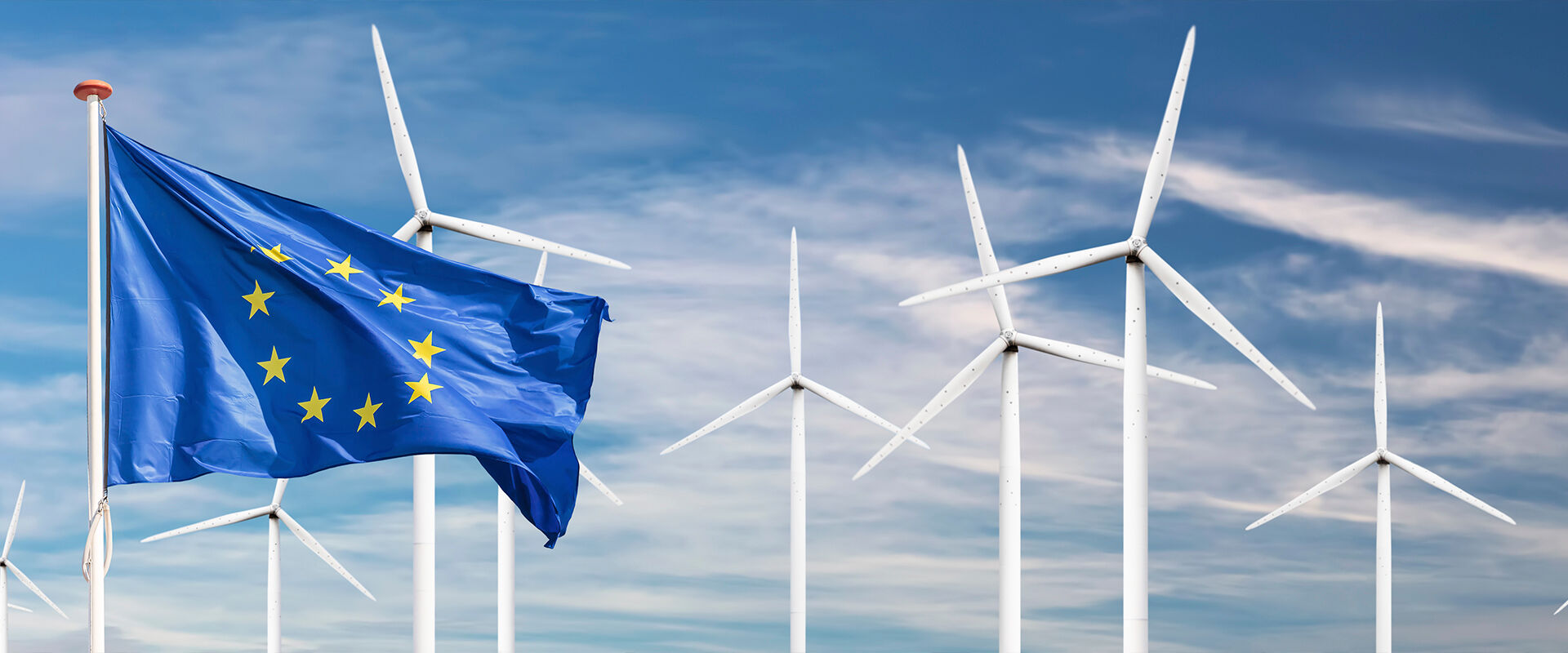On 14 July, the European Commission proposed the “Fit for 55” package that details the policy strands for achieving the objectives of the Green Deal and Climate Law. Regulators, industry leaders, investors and the public are shaping new ways for doing business and for living.
Climate legislation will increasingly impact the way we work and live. It will set new rules for industries for producing and delivering goods. It will change the ways of energy production and consumption. It will change our way of travelling and commuting and the way of (tele)working and leisure activities. It will impact virtually every sector and in addition it will create new professions and jobs for which new education will need to be developed.
Why is this important for associations around the world?
It may be obvious that upcoming climate policies are directly impacting energy-related sector associations. But this is just the top of the iceberg. All sectors, professions, trades and industries will see their ecosystems change, with new opportunities to seize, new science to be applied, new partnerships to mould, and multiple challenges to overcome.
Associations form the ”glue” between governments, markets, industries and people. Both trade and professional associations should claim their role in shaping the climate legislation, in communicating to stakeholders, in sharing knowledge, in developing best practices and standards, in educating future generations for future jobs, and much more. In short, the Green Deal and accompanying legislation will change our way of living and working and associations play a pivotal role in accelerating this change.
But the Green Deal is for the EU, so why would non-European associations and economies be bothered?
The EU climate & energy agenda is on track, having achieved the 2020 targets of 20% reduction in greenhouse gas emissions, 20% improvement in energy efficiency, and a 20% share of renewable energy sources in the EU’s energy mix.
The 2030 targets have been increased to 55% reduction in greenhouse gas emissions and 32,5% for efficiency and renewables compared to 1990 levels.
By 2050 however, the EU now aims to be climate-neutral. This means an economy with net-zero greenhouse gas emissions. To achieve this, the EU is proposing 15 “pieces of legislation” that will directly affect most sectors of society, also outside Europe!
In order to reach such steep targets, climate legislation will cover land use and forestry, energy efficiency, refuelling stations for vehicles powered by alternative fuels, performance standards for cars, GHG emissions reduction targets for transport and buildings, energy taxation, sustainable aviation fuels, low- and zero-carbon fuels in EU shipping and ports. Just to name a few.
But then how does it affect non-EU organisations?
The EU policies are likely to inspire other trading blocks and countries to move in the same direction, following the example set by the EU in reaching UN climate goals of the Paris Agreement.
Furthermore, the EU has proposed a new initiative to achieve a fundamental objective of the Green Deal, which is the reduction of the carbon footprint of products. The so-called Carbon Border Adjustment Mechanism (CBAM) aims to ensure a level playing field between products and goods produced within the EU, and those imported, meaning that the price of imports into the EU accurately reflect their carbon content. As such, sustainability requirements imposed on EU manufacturers will indirectly affect economic players outside the EU.
A similar global impact will flow from the so-called Emissions Trading Scheme (ETS), putting a price on carbon emitted by installations in the energy sector as well as the manufacturing industry, including transportation.
Another example are financial markets. Going forward, investments will increasingly be judged with a fundamental shift towards sustainable investments, which will be outweighing short-term gain of non-sustainable investments. Sound impact investments will no longer increase risk and reduce returns despite their substantially larger and longer-term commitments. We have reached a tipping point where from now on investments will be judged on sustainability returns, with a longer-term outlook satisfying all stakeholders in fighting climate change.





